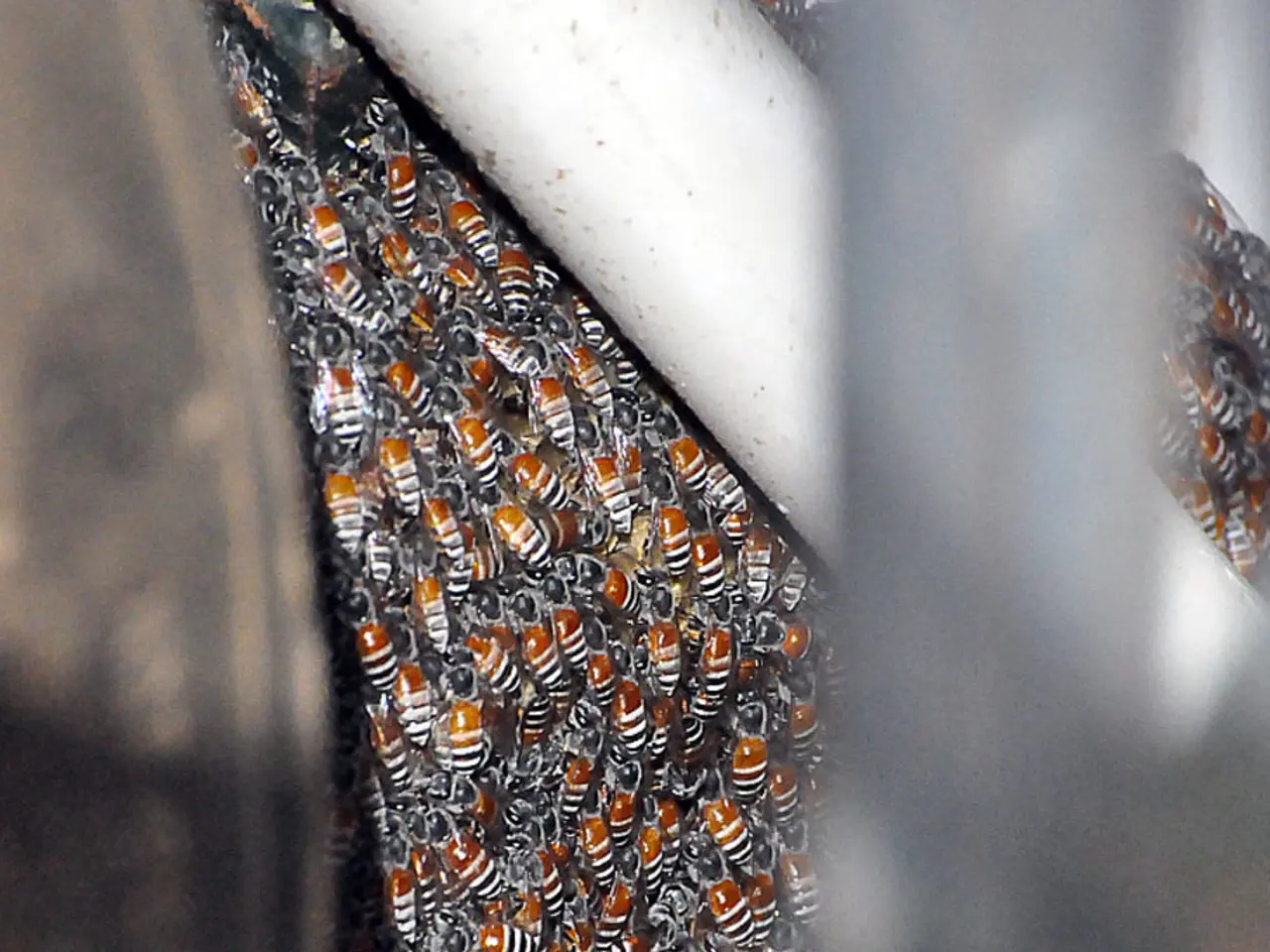Night Vision Eyewear Enables Sight in Darkness, Even Closed Eyelids
In a groundbreaking study published in Cell today, researchers from the University of Science and Technology of China have created wearable infrared contact lenses that allow wearers to see in the dark, even with their eyes closed. These innovative lenses, which operate using a process called photon upconversion, have the potential to revolutionise night vision and open up a world of advanced applications.
The lenses use upconverting nanoparticles (UCNPs) that absorb multiple low-energy near-infrared photons and emit a single, high-energy photon in the visible spectrum. These nanoparticles are embedded within flexible, non-toxic polymers, similar to those used in conventional soft contact lenses, ensuring comfort and wearability.
The UCNPs often incorporate rare-earth metals like ytterbium and erbium. When these nanoparticles absorb multiple low-energy infrared photons, they combine their energy to emit a single photon of higher energy in the visible spectrum. This makes infrared light "visible" to the wearer, enabling vision in low-light or complete darkness without external devices. Importantly, because infrared light penetrates biological tissues more easily than visible light, these lenses can even function when the eyes are closed, as IR light passes through the eyelids to reach the nanoparticles, which then convert it for visual perception.
The human participants who tried on these contact lenses could perceive otherwise imperceptible infrared wavelengths, according to the study. However, they couldn't see all that well and weren't able to make out fine details of their environment due to the lenses scattering incoming infrared light.
Potential future applications of these wearable infrared contact lenses include:
- Night vision without bulky equipment: Unlike traditional night vision goggles, these lenses offer a lightweight, seamless way to see in complete darkness or low-light environments, benefiting military, law enforcement, and security personnel.
- Augmented reality and enhanced vision: The ability to detect infrared signals could complement AR displays in the future or help users identify heat sources or hidden features invisible to naked eyes.
- Medical and diagnostic uses: Given the properties of UCNPs and related nanotechnologies, these lenses could evolve to include health monitoring or in situ diagnostics using light signals.
- Communication aids: Early experiments suggest subjects could decode infrared signals such as blinking LEDs or Morse code through the lenses, opening avenues for covert communication or novel human-machine interfaces.
- Environmental and industrial tasks: Infrared vision could support firefighters, mechanics, and wildlife researchers by revealing heat signatures or environmental cues not visible in normal lighting conditions.
A version of the lenses was created that converts different spectra of infrared light to specific visual wavelengths (e.g., 980 nm to blue light, 808 to red light). Scientists are also working on making these contacts more sensitive in the future, with the hope of creating a contact lens with more precise spatial resolution and higher sensitivity.
Tian Xue, a neuroscientist at the University of Science and Technology of China and the senior author of the study, stated that the research opens up the potential for non-invasive wearable devices to give people super-vision. The development of these infrared contact lenses represents a significant step forward in the field of wearable technology, offering a future where we can see in the dark without the need for cumbersome equipment.
References:
- Cell
- Science
- Nature
- University of Science and Technology of China
The research on wearable infrared contact lenses, published in Cell, could lead to a future where people can have super-vision with non-invasive wearable devices. This technology may revolutionize night vision, as it offers potential applications such as seeing in complete darkness or low-light environments without bulky equipment, complementing augmented reality, discovering medical and diagnostic uses, facilitating covert communication, supporting environmental and industrial tasks, and even enabling improved spatial resolution and sensitivity.
The development of these infrared contact lenses marks a significant milestone in the field of wearable technology, as reported by the University of Science and Technology of China and top science publication outlets like Cell, Science, and Nature.
As the technology continues to evolve, it is possible that future versions of these infrared contact lenses could become more sensitive, providing users with a contact lens that sees in the dark with even greater precision.




